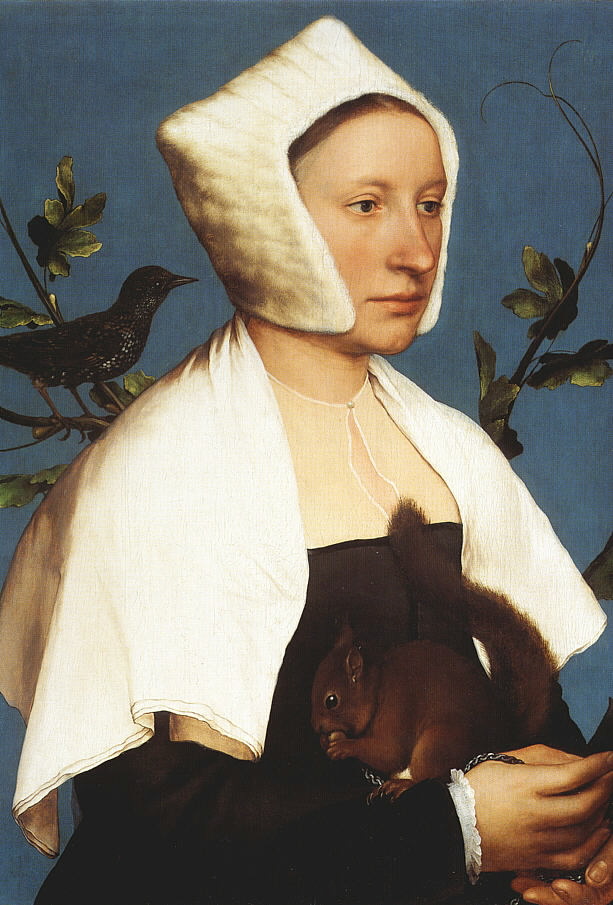 |
| Directed by Shekhar Kapur. Starring Cate Blanchett and Geoffrey Rush. |
During the first few scenes, Elizabeth is seen to be young, fresh-faced and carefree. Her make-up is exceptionally simple and consists only of soft, dewy pale skin, the tiniest hint of blush and very little else. Today, this make-up appears regularly on catwalks for Spring/Summer collections, with the purpose of mimicking sporty or wet-look skin. Elizabeth's hair is also worn loosely- a popular look amongst young girls during the Tudor era.
 |
| A young and simple looking Elizabeth, plain-faced with most of her hair left down. |
Furthermore, As the film progresses, Elizabeth adopts even more rich and elaborate attire; her hair begins to frizz at the top of her head, and her dresses become larger and more intricate. She starts wearing more jewellery than ever before, highlighting the fact that she is Queen, and the richest woman in England.
 |
| The Queen during her first year or so of reign. |
The extremities build until we reach the end of the film in which Elizabeth is seen how she is remembered historically:
 |
| Elizabeth's final aesthetic |
With regards to the scene in which Elizabeth shaved off all her hair in order to be reborn as a virgin; historically, there is no evidence for this. Many argue that this was simply the trend because wigs make it easy to frequently change hairstyles. Therefore this is arguably, historically irrelevant. This scene was most probably included in the film in order to engage the audience through dramatisation.
However, it is interesting to note that comically enough:- women went to extreme lengths during the Elizabethan era to achieve Elizabeth's strawberry blonde- ginger hair, such as dying their hair with urine! Frizzing hair using irons warmed in a fire was also very popular.
It is important to note that the make-up artists and hair team did not in fact use any concoctions made of lead on Cate Blanchett, or frizz her hair with hot pokers! Health and safety laws dictate that products containing lead must NEVER be applied to the skin, nor should one progress to burn an actors' scalp. Also, it is important to note that the no make-up, make-up worn by Elizabeth at the beginning of the film was set to imply that the young Elizabeth wore little to no make-up at all, as before the Elizabethan era it was generally unheard of. Make-up only really came into its stride during the 18th Century, in which Elizabethan make-up and the pale, lead-damaged skin was taken to a completely new level!


